NYC solar eclipse 2024: A full guide for next week's event
NEW YORK CITY - The countdown has started, and NYC is less than a week away from the Great North American Eclipse!
Several towns across New York are in the path of totality, and while the total phase of the solar eclipse is not visible in NYC, it can be seen as a partial solar eclipse.
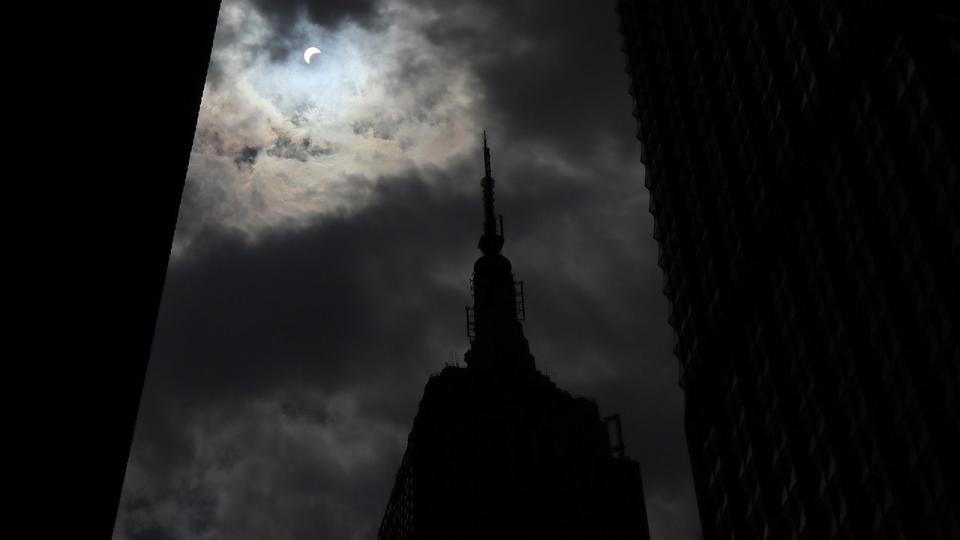
From the expected weather forecast that day to the possibility of major traffic in the Big Apple and beyond, here's everything you need to know about the event:

What time will it take place in NYC? What will it look like?
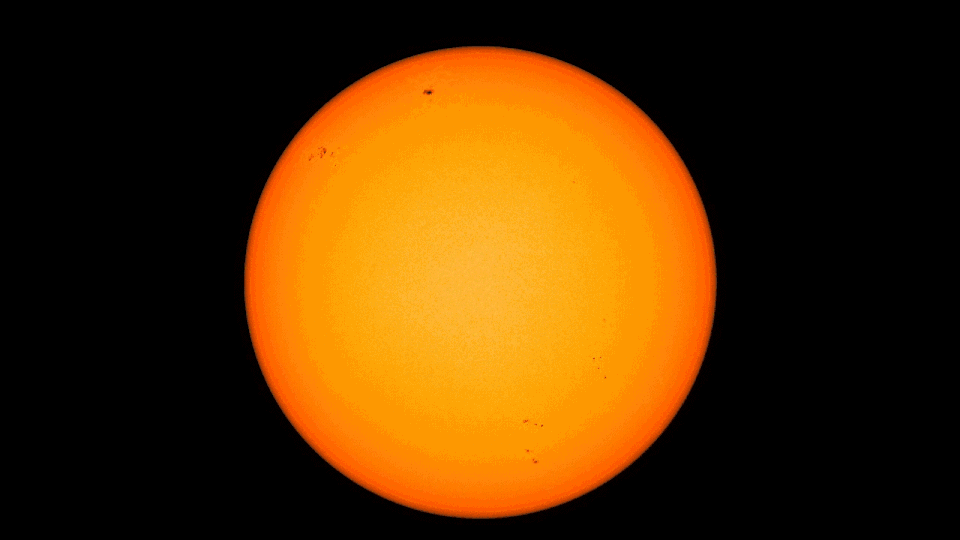
"The greatest natural event you can see" will traverse parts of the United States, Mexico and Canada on April 8. The total phase of the solar eclipse is not visible in New York City but can be observed as a partial solar eclipse.
2:10 p.m.: The event begins the moment the edge of the moon touches the edge of the sun.

2:51 p.m.

3:25 p.m.: The maximum view (the deepest point of the eclipse) with the Sun at its most hidden.

3:58 p.m.

4:36 p.m. – The event ends when the edge of the moon leaves the edge of the sun.

The total duration of the event in New York City will be two hours and 26 minutes.
MORE: 2024 eclipse maps
MORE: NY officials warn of major gridlock across state during total solar eclipse
MORE: NYC solar eclipse timed perfectly for Yankees home game on April 8
What is a total solar eclipse?
During a total solar eclipse, the moon passes completely in front of the sun, momentarily turning day into night for those in the path of its shadow – like someone just turned off a light switch.
The path of the 2024 eclipse is about 115 miles wide and will span from Mexico to Maine.
In New York, the path of totality starts near Allegheny State Park, cuts through to include Syracuse, then leaves the state through Adirondack Park.
A total solar eclipse is a rare event: any given spot on Earth will only see a total solar eclipse about once every 400 years.
More than 31 million people live in the path of this year’s shadow, also known as the path of totality, and millions more are expected to flood towns in the eclipse’s path.
Where to see the solar eclipse in New York?
Several cities and towns are in the path of totality across New York. Here’s a look at them, according to NASA, the U.S. Navy and state tourism websites, as well as the total drive times from New York City.
Niagara Falls: Distance from NYC is around 400 miles (7-hour drive)
Rochester: Distance from NYC is around 340 miles (6-hour drive)
The Finger Lakes: Distance from NYC is around 250 miles (4 and ½-hour drive)
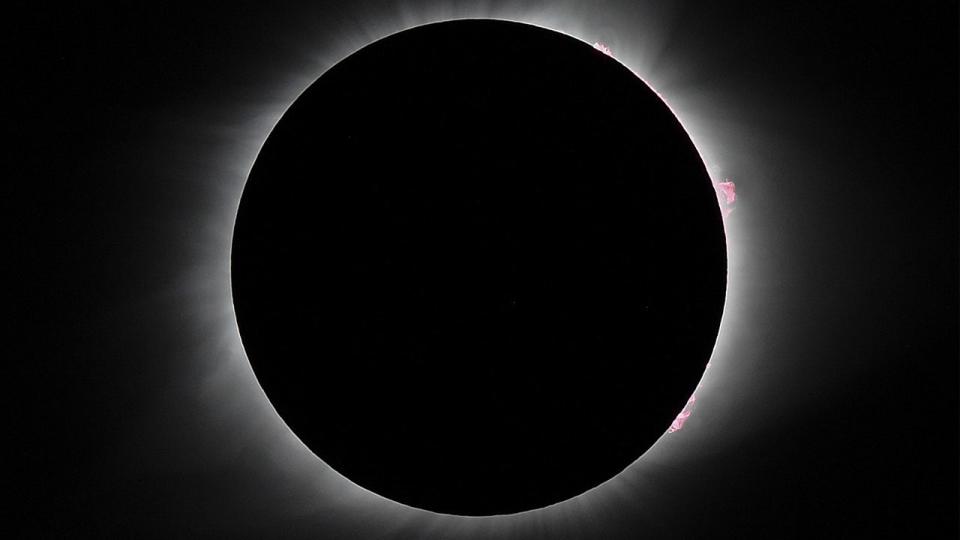
Buffalo: Distance from NYC is around 370 miles (6 and ½-hour drive)
Syracuse: Distance from NYC is around 260 miles (4 and ½-hour drive)
Lake Placid: Distance from NYC is around 290 miles (5-hour drive)
What other US states are involved?
The moon’s shadow will first touch Mexico at Mazatlan, then enter the United States through Texas.
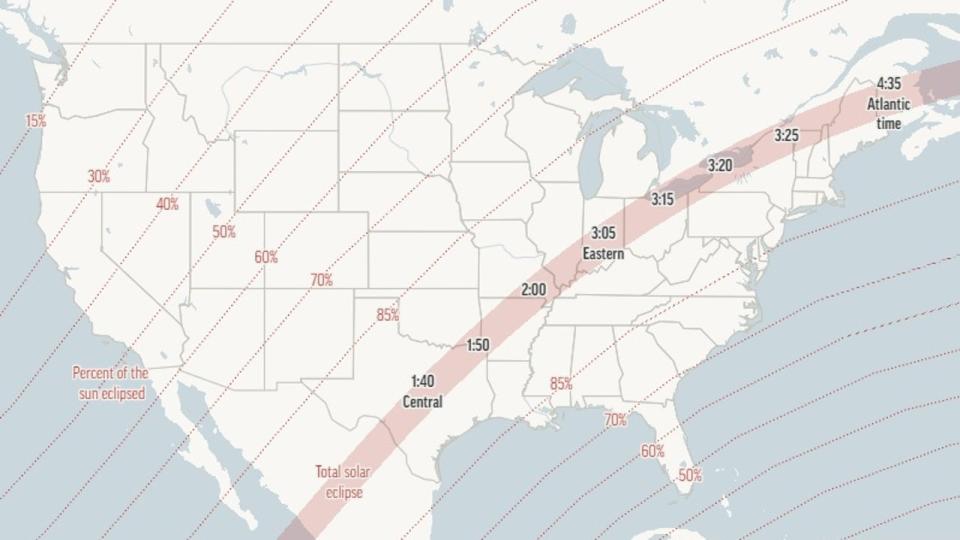
From there, it cuts diagonally through parts of Oklahoma, Arkansas, Missouri, Kentucky, Illinois, Indiana, Ohio, New York, Pennsylvania, New York, Vermont, New Hampshire and Maine. Small parts of Tennessee and Michigan will also see a total solar eclipse, according to NASA.
Why should you get in the path of totality?
When it comes to a total solar eclipse, according to experts, getting near the path of totality just doesn’t cut it.
"If you can get yourself into the path of the moon’s shadow for a total eclipse, it’s definitely worth the effort," Rick Fienberg, project manager of the American Astronomical Society’s Solar Eclipse Task Force, told FOX Weather. "A 99% partial solar eclipse doesn’t get you 99% of the experience of a total solar eclipse — that last 1% is literally the difference between night and day."
When the moon hides the sun, the temperature suddenly drops. Stars and planets that are usually only visible at night will emerge. Even animals are tricked into believing it’s nighttime, NASA said. The totality lasts less than 10 minutes.
Will there be traffic in NYC?
Hundreds of thousands of tourists are expected to flock to New York to witness the once-in-a-generation occasion, likely causing major traffic jams in and around the state.
New York Gov. Kathy Hochul said travelers can expect high volumes of traffic as numerous eclipse-viewing events are being held. To reduce traffic, construction and lane closures will be paused during the eclipse.

"New York is ready to welcome millions of visitors, and my administration has been working hard to ensure everyone in the path of the eclipse can safely enjoy this rare event," Hochul said. "I encourage anyone traveling for this experience to plan on arriving early to their destination and staying late to enjoy all of what our state has to offer."
The FAA is also warning travelers to expect delays and possible cancelations on the week of the eclipse.
Travelers are advised to get to their destination early and plan on staying late to avoid the most traffic, allow for extra travel time and travel prepared with food and water.
Meanwhile, the New York State Thruway Authority released dos and don'ts for traveling across the interstate.
Get to your destination early and stay late.
Add in extra time to get to your destination.
Don’t park on the shoulder of highways or stop in the middle of traffic.
Do not stand on the side of highways.
What will the weather be that day?
A clear sky is key to watching a solar eclipse.
Early forecasting for the total solar eclipse shows that much of the New York metro area will have clear skies for viewing the meteorological event.
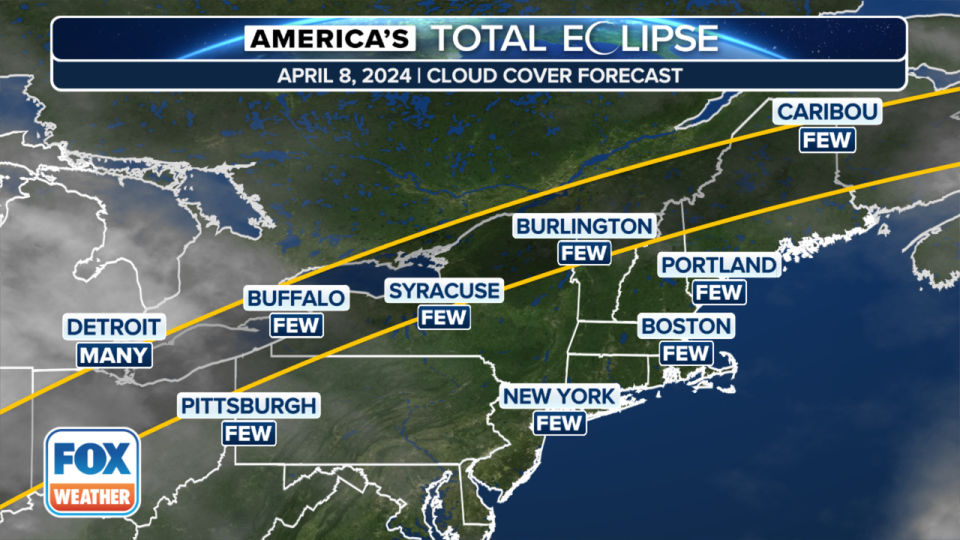
The FOX Forecast Center has put together the cloud cover forecast shown on the map below, showing areas with an overcast sky, many clouds or few clouds during the eclipse. As the eclipse nears, computer forecast models will improve and be able to give forecasters a better idea of what the sky will look like on the big day.
New York cities along the path of totality, including Buffalo, are currently forecast to have few clouds on the day of the event.
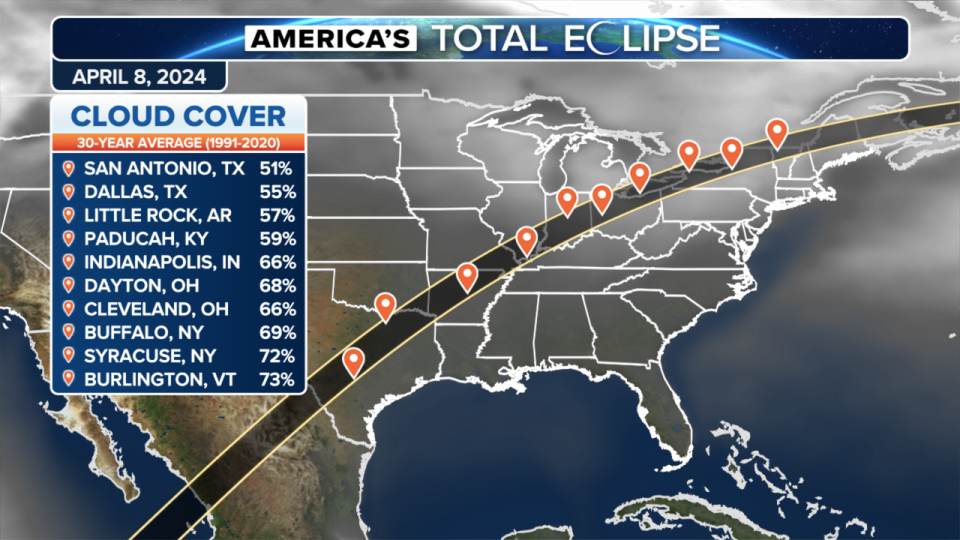
We can also look at cloud climatology data to see where clouds are more likely to cover the eclipse on April 8th. The map below shows the cloud cover averages over the past 30 years.
Where to get solar eclipse glasses in New York?
Welcome centers, rest stops and more are offering complimentary eclipse glasses in New York.
Click HERE to find out where to get free solar eclipse glasses.
When is the next total solar eclipse?
If you miss it, the next time a total solar eclipse will be visible in the U.S. is Aug. 12, 2045.
LiveNOW and FOX Weather helped contribute to this report.

